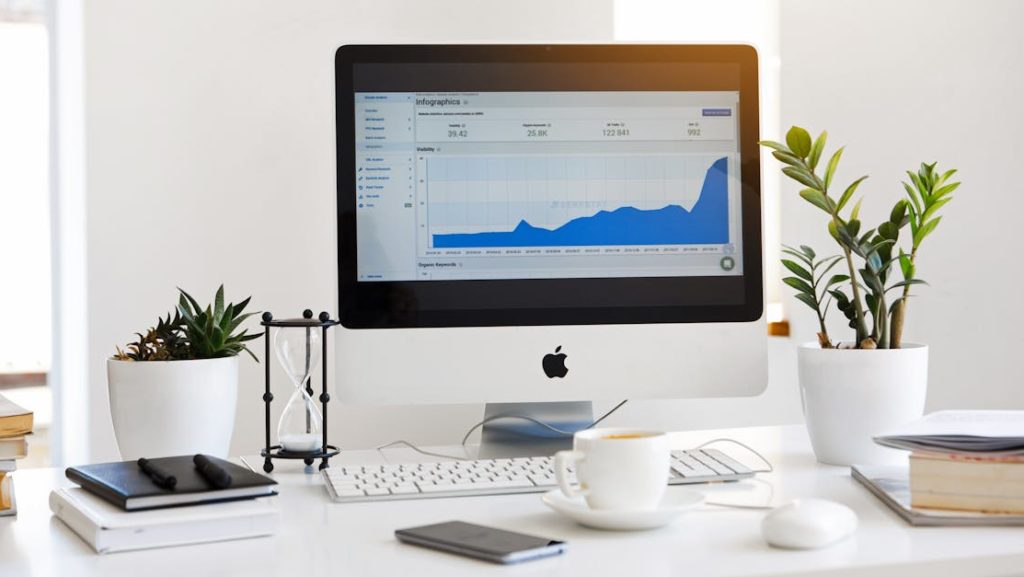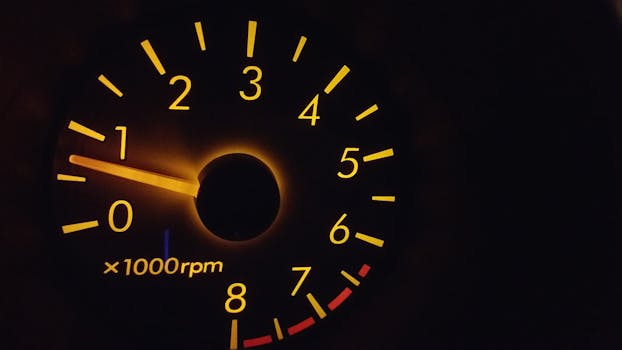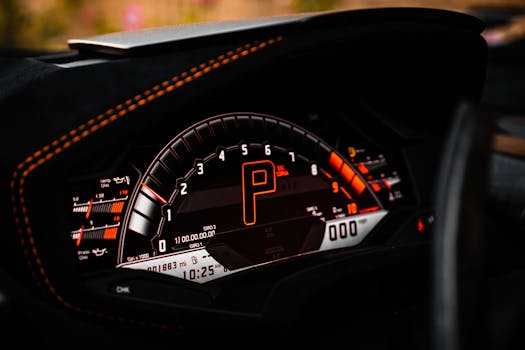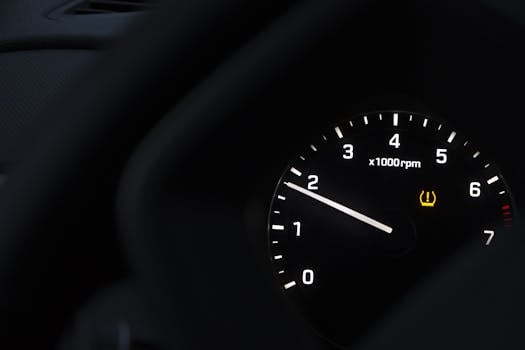
Responsive display ads have become the lifeblood of high-performance digital campaigns for agencies and brands that understand the power (and necessity) of reaching audiences across an ever-expanding matrix of networks and device resolutions. But with the increase in formats and platforms comes an intensifying need: it’s not enough to simply deploy ads everywhere—we must systematically measure and optimize their performance. At SizeIM, we’re passionate about helping teams not just automate multi-size ad creation, but also maximize every impression, click, and conversion.

Why Responsive Display Ads Need Rigorous Measurement
It’s tempting to set your responsive display ads on autopilot and trust the platforms’ automation. But, as design and marketing teams know, only a hands-on approach reveals where you’re getting the most value and where creative or targeting tweaks will make the biggest impact. Automated resizing (like we offer at SizeIM) ensures your message is seen across every network and device—but ensuring those impressions truly perform requires deliberate, continuous optimization.
Core Metrics for Measuring Responsive Display Ad Performance
Let’s step into the metrics that matter. By focusing on these KPIs, you’ll transform “ad reach” into actionable intelligence:
- Click-Through Rate (CTR): The proportion of people who see your ad and click. This reflects initial creative appeal and targeting. A solid benchmark is 0.5-1% for most industries, but always compare against your own historical averages.
- Conversion Rate (CVR): The percentage of clicks that result in your desired action (purchase, sign-up, etc.). Crucial for tying creative and landing page performance together.
- Cost Per Acquisition (CPA): How much you spend to secure a conversion. This is your bottom-line metric and should always be tied to your real business margins.
- Impression Share & Viewability: Are your ads actually being served (impression share)? And, are they really being seen, or just technically “delivered” on the page (viewability >50% visible for at least a second)?

Establishing Your Measurement Framework
Our recommendation: treat measurement like a product build—systematic and repeatable, not set-and-forget. Here’s how we think about it:
1. Set Up Robust Conversion Tracking
- Ensure every ad variant is mapped to tracked goals (purchases, signups, downloads).
- Leverage your ad platform and Google Analytics 4, setting up event tracking for all post-click actions, not just the final conversion.
2. Break Down Performance by Asset
- On platforms like Google Ads, analyze each headline, image, CTA, and logo’s individual performance. Are certain color palettes or calls-to-action consistently outperforming?
- This granular view is crucial if you’re using automated resizing, as some creative may shine at one size but falter at another.
3. Segment by Platform & Device
- Is your 320×50 mobile leaderboard pulling much higher CTRs than your 970×250 desktop billboard? Break down by size, device, network, and demographic for hyper-targeted adjustments.
Optimization Strategies That Actually Move the Needle
Creative Asset Optimization
We believe great results start with creative diversity and disciplined replacement:
- Always be testing new images, headlines, and calls-to-action—automated platforms like SizeIM make swapping variations fast and scalable.
- Replace under-performers weekly or bi-weekly. Let data, not opinion, decide what stays.
- Centralize your brand elements (logos, fonts, color schemes) to ensure consistency even as you swap creative elements.
Smart Bidding & Targeting Tweaks
- Increase bids for ad sizes, placements, or audiences that deliver CPA below your targets. Reduce or pause spend on those with sustained poor returns.
- Regularly exclude audience segments or placements with high bounce rates or very low viewability.
- Maximize impression share on platforms/types where your ads truly shine.

A/B and Multivariate Testing
- Allocate a portion of your budget (typically 30-40%) to test new variants against established winners.
- Let each ad variation run until statistically significant—ideally beyond 2,000 impressions per variant.
- Iterate based on real data, not assumptions. Refresh at least 30% of your assets monthly for continual lift.
Advanced: Go Beyond Standard Metrics
- Track scroll depth and engagement time with deeper analytics tools. This helps separate “accidental” clicks from engaged prospects.
- Set up event tracking for video plays or rich media interactions inside your responsive ads.
- Segment results by new vs. returning users; often CPAs will differ here, pointing to campaign tweaks that could reduce acquisition costs.
Creating a Culture of Continuous Improvement
Ad performance isn’t static. The brands, agencies, and designers that win are those that embed an improvement cadence into their workflow. Here’s our proven approach:
- Weekly: Review campaign and asset-level data, replace low-performers.
- Bi-weekly: Introduce new creative combinations or remixed headlines and images for ongoing testing.
- Monthly: Assess CPAs and adjust targets based on observed revenue data and marketing goals.
- Quarterly: Rethink audience segmentation based on accumulated insights; explore expansion into new networks or platforms that may have emerged since last review.
Unique Challenges (and Solutions) with Multi-Size Ad Campaigns
Manual resizing, copy-paste workflows, and checking dozens of formats by hand once plagued our workflows. That’s why platforms like SizeIM exist—to empower teams to scale creative diversity instantly, while reducing errors and inefficiencies that make measuring true campaign performance a nightmare.
- Automate asset updates across all sizes when running creative tests.
- Ensure every variant matches brand guidelines no matter the template or device’s dimensions.
- Get immediate visual feedback on how your messaging and CTA will look—and perform—across the entire digital landscape.

Putting Optimization into Action: A Step-by-Step Recap
- Launch with Diversity: Each campaign starts with a rich pool of headlines, images, and CTAs. More combinations = deeper learning.
- Track and Segment: Measure by asset, format, device, and platform for a 360° view of performance.
- Prioritize ROI, Not Just Volume: Adjust spend and creative effort where CPA is lowest or CVR is rising. Don’t be afraid to cut what isn’t working.
- Iterate Relentlessly: Replace low-performing variations, test new assets, and expand to new formats monthly.
- Automate and Centralize: Store all brand assets and templates in one place, ensuring changes roll out instantly and branding stays consistent.
Measuring and optimizing responsive display ad performance isn’t about chasing vanity metrics or making random tweaks. It’s about establishing a data-driven, creative, and operational discipline—one that’s easier and dramatically more scalable when you use intelligent tools specifically designed for multi-size digital advertising. If you’re ready to step up your ad creation, centralize brand management, and finally turn performance optimization into a repeatable habit, see what SizeIM can do for your team.
